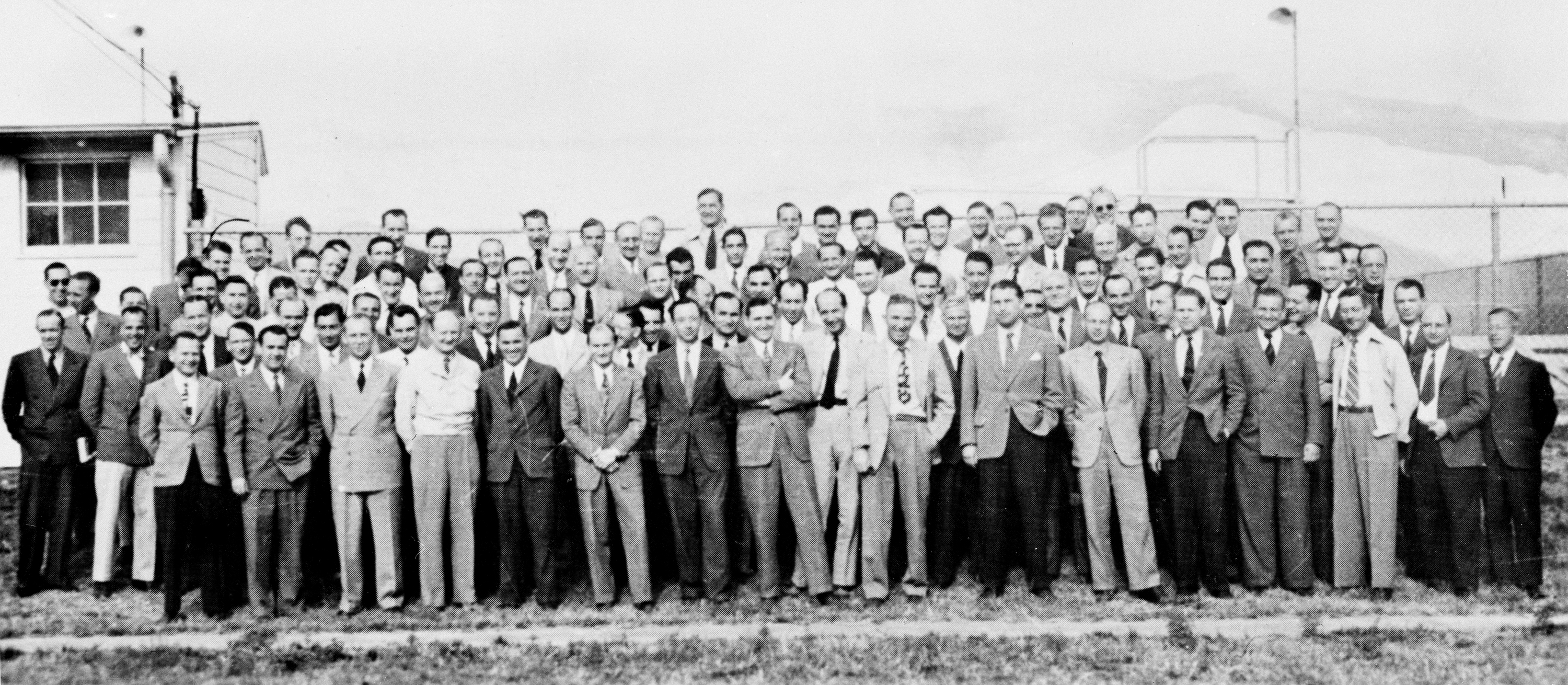Few Americans have heard of Project Paperclip. Among those who have, the majority do not know its true extent because the U.S. government has successfully concealed most of the facts surrounding the project. Instead, the government has passed it off as a short-term operation limited to an innocent investigation of Germany's scientists after World War II. In reality, Project Paperclip, as documented by authors such as John Loftus in his book The Belarus Secret, was the largest and longest-running operation involving Nazis in the history of the United States, and its effects are still being felt today.
At the close of World War II, U.S. officials and the Allied countries discovered that Germany had developed a technical superiority far beyond what they had imagined. In Nazi Germany, 20,000 scientists had revolutionized the weapons of war, and reports written by Allied investigators described the Germans' "astonishing achievement" and "superb inventions." In order to learn about the new German technology and weaponry, Russia, France, Britain and the United States began transporting German experts to their respective countries for interrogation. The Cold War was now beginning, and U.S. officials were determined to use any means necessary to keep the scientists responsible for Germany's scientific supremacy out of Russian hands. At the same time, they aimed to acquire a technological lead against Russia. Thus, in the name of national interest, the United States began recruiting the Nazi scientists.
In 1946, President Harry S. Truman authorized Project Paperclip, a program designed to bring selected German scientists to work for the United States during the Cold War. However, Truman expressly forbade anyone found to have been "a member of the Nazi party and more than a nominal participant in its activities, or an active supporter of Nazism." The War Department's Joint Intelligence Objectives Agency (JIOA) was to conduct background investigations of the scientists, to be approved by the State Department.
Against Truman's orders, however, the JIOA, Army intelligence and the CIA actively concealed incriminating information about the Germans they were hiring. Many of the 1,600 scientific and research specialists and their dependents brought to the U.S. under Project Paperclip had been deeply involved in Nazi society during the war. However, U.S. officials were determined to recruit these men and chose to ignore their appalling pasts. They sidestepped the problem of their Nazi backgrounds by "cleansing" and re-writing their information files to eliminate incriminating evidence. As a way of identifying the German scientists, American officials put an ordinary paperclip on their personnel files--thus the origin of the operation's name.
While official American policy after the war was to prosecute war criminals for the atrocities committed under Adolf Hitler, many sectors of the U.S. government were actively concealing incriminating evidence in order to bring these very men into the U.S. (more...)
Further exploration:

No comments:
Post a Comment